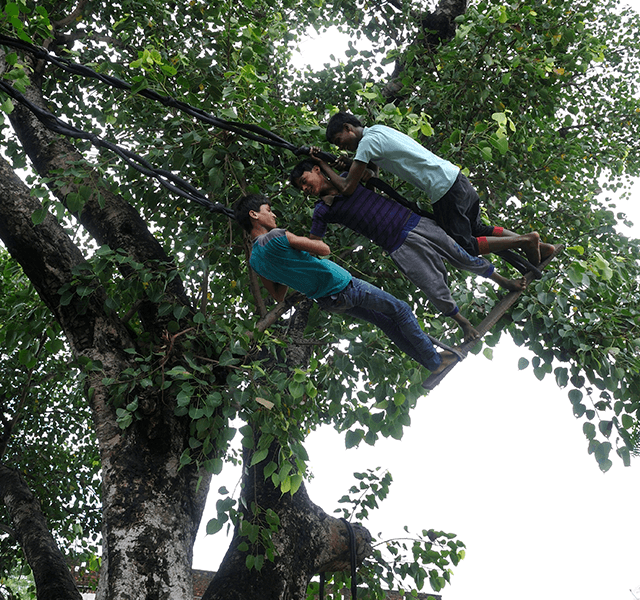

The Department of Medical and Health Services, Uttar Pradesh in collaboration with SIHFW and UP TSU, launched weekly live podcasts on SIHFW’s YouTube channel to support the vision of Continuous Medical Education in Uttar Pradesh. Through this program, expert doctors share knowledge with doctors, medical staff, paramedics, students, and the public, ensuring broader learning and engagement within the healthcare community.
Read MoreGovernment of Uttar Pradesh launched Mission Niramaya to empower newly appointed staff nurses at CHCs and district hospitals. The 12-day foundation training program focused on enhancing skills, knowledge, and professional conduct. Covering drug administration, infection prevention, quality assurance, and national health programs, it prepares nurses to collaborate effectively with doctors and improve healthcare delivery across Uttar Pradesh.
Read MoreGovernment of Uttar Pradesh introduced eHRMS (Manav Sampada) to streamline health workforce management by replacing manual processes with a digital platform. Tracking healthcare professionals from recruitment to retirement, Manav Sampada enhances efficiency, transparency, and data-driven decisions. The system consolidates HR functions, including recruitment, transfers, promotions, and performance monitoring, improving workforce management across Uttar Pradesh.
Read MoreGlobal interventions on routine immunization aim to achieve at least 90 percent immunization coverage of all vaccines as per national immunization schedules, aligning with the Immunization Agenda 2030. Some regions like Uttar Pradesh, India, require more efforts to meet this target. This study aims to understand the coverage gaps and design interventions to improve the immunization coverage in priority blocks of Uttar Pradesh.
Read MoreEssential newborn care (ENBC) practices are recommended for all births to improve neonatal survival. This paper aims to understand the facility-level variations and factors associated with the essential newborn care practices by providers in higher-level public health facilities in 25 high priority districts (HPDs) of Uttar Pradesh.
Read More